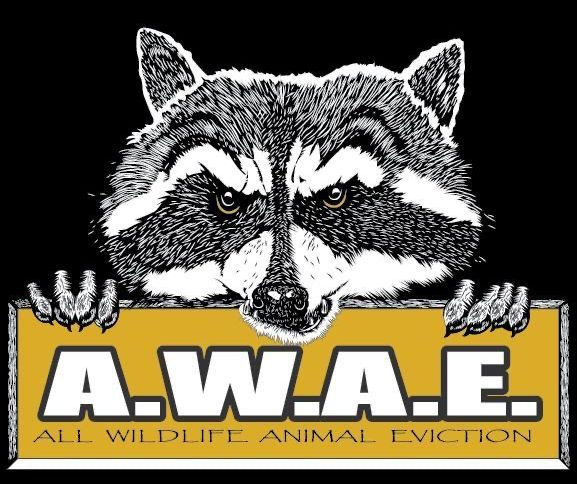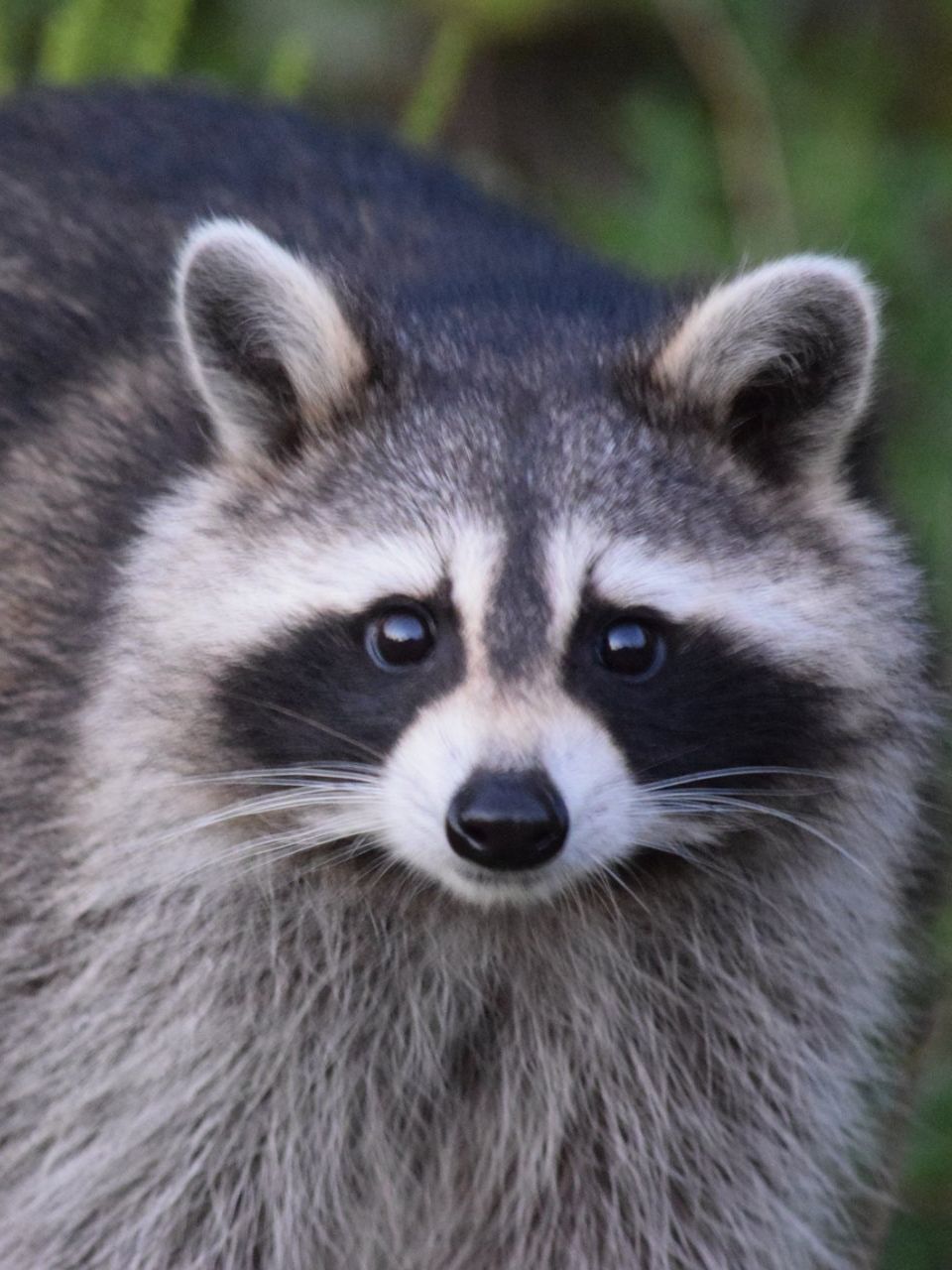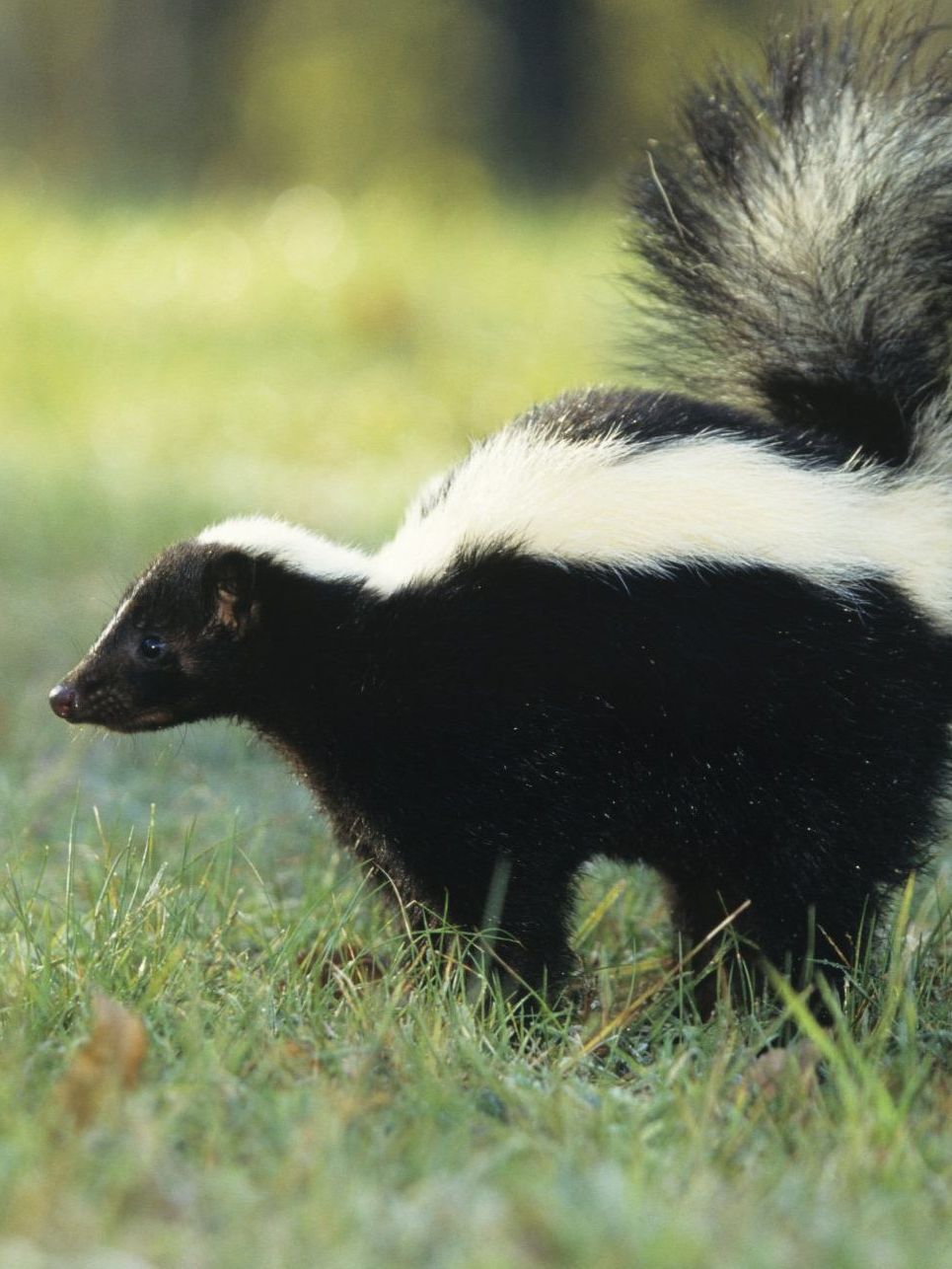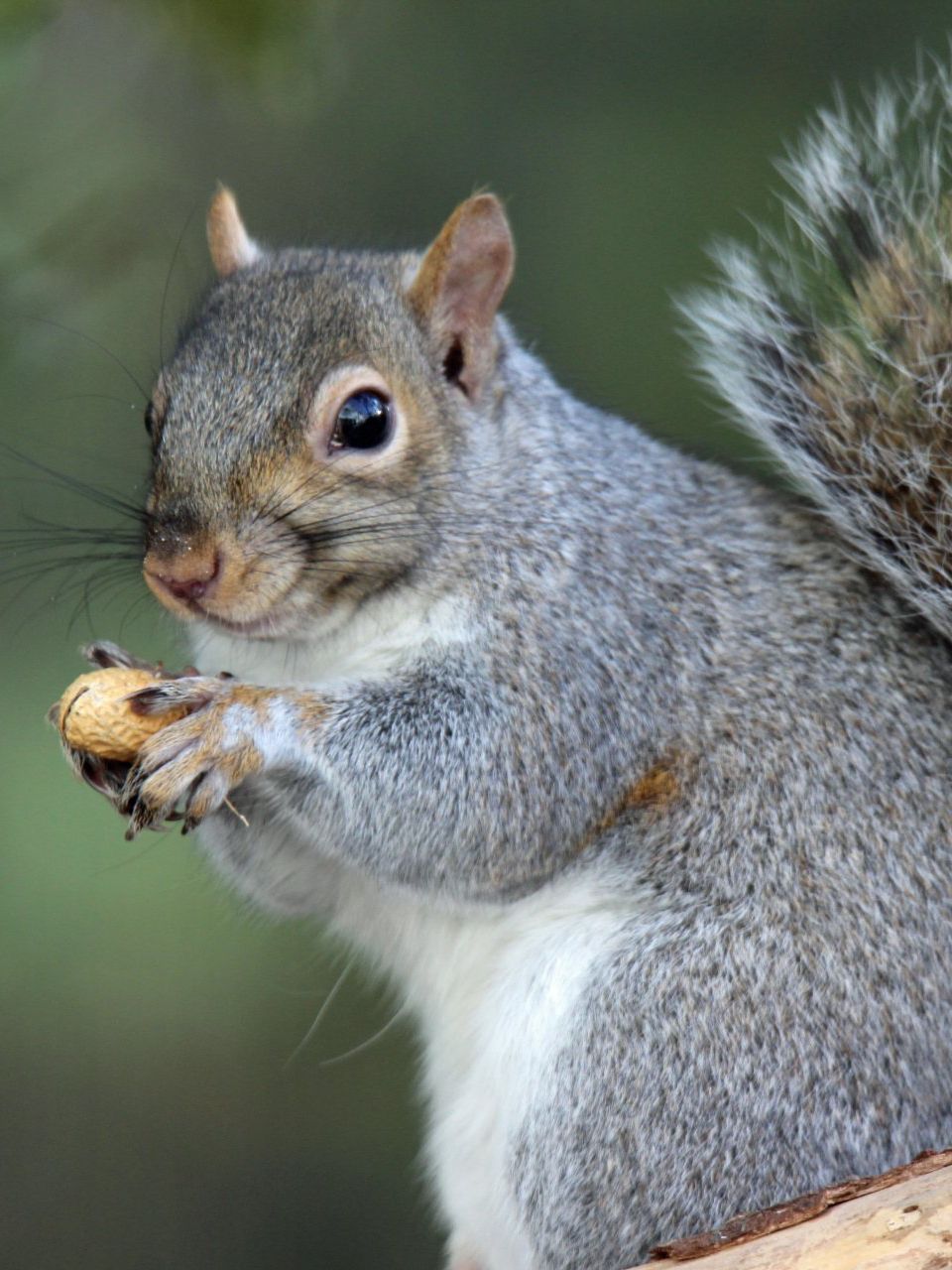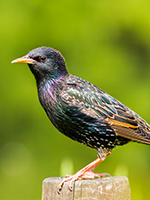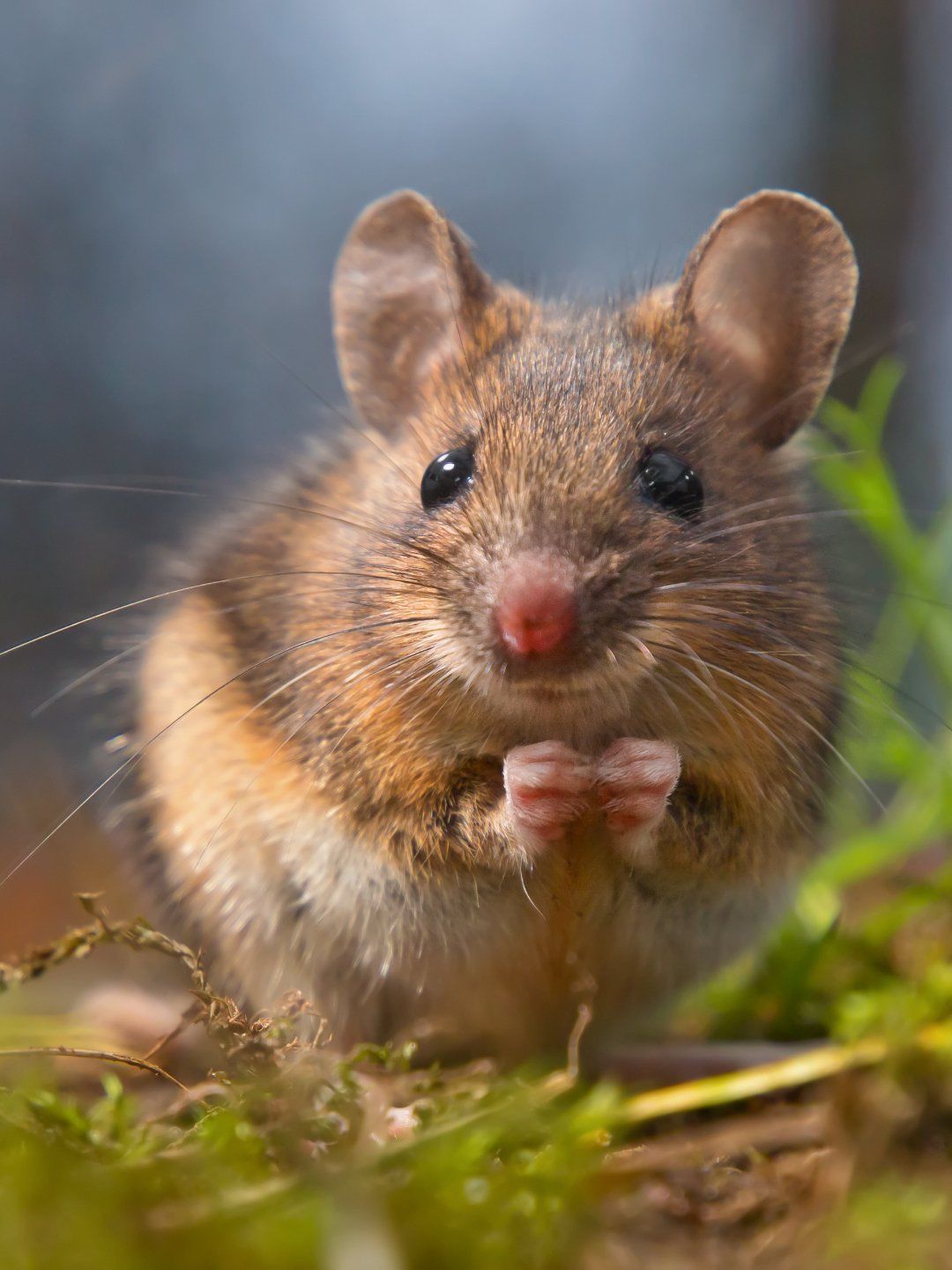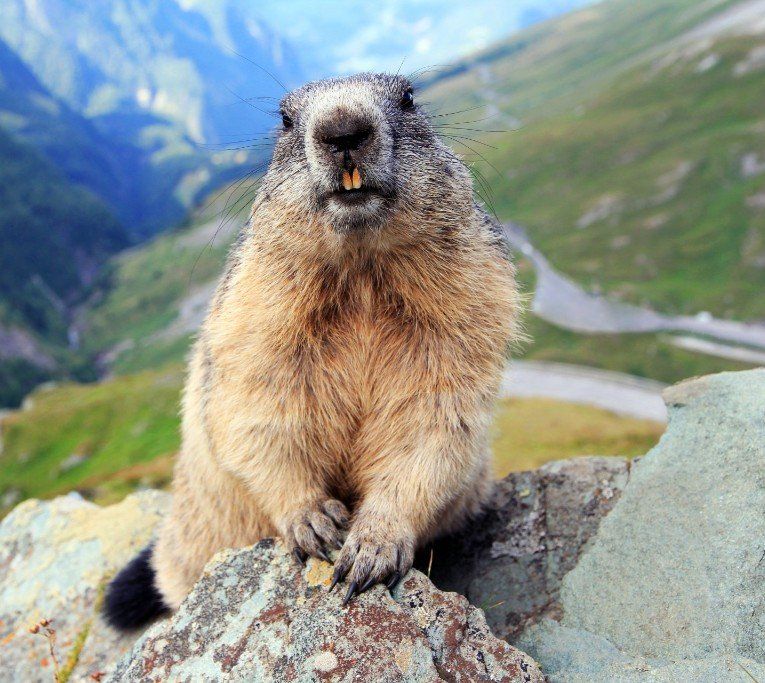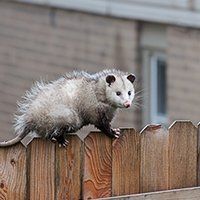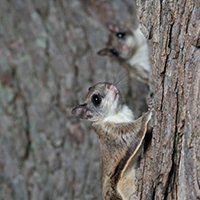5 Tips for Effective Wildlife Removal in Wauconda, IL
Homeowners face unique challenges when wildlife encroaches on their properties. From raccoons rummaging through trash to rodents nesting in attics, uninvited animals can pose health risks and cause structural harm. Understanding how to manage wildlife removal in Wauconda, IL, effectively is critical. This guide outlines actionable tips to mitigate risks and protect your property from invasive species.
Protect Your Property With These Tips:
1. Identify the Species and Entry Points
Accurate identification of the wildlife species is the first step in resolving an infestation. Different animals require unique removal strategies—raccoons may target attics, while rodents often nest in wall cavities. Inspect your property for droppings, gnaw marks, or entry points like gaps in roofing or vents. Early detection simplifies wildlife animal removal in Wauconda, IL, and minimizes structural damage.
2. Implement Exclusion Techniques
Exclusion involves sealing entry points to prevent animals from re-entering your home. Use durable materials like steel mesh or hardware cloth to cover vents, chimneys, and foundation cracks. Pair this with habitat modification, such as trimming tree branches near roofs and securing trash bins, to deter wildlife. For comprehensive protection, consider integrating exclusion with broader pest control services to address coexisting issues like ants or termites.
3. Prioritize Safe and Humane Removal
While DIY traps may seem cost-effective, they often exacerbate risks to both animals and homeowners. Improperly set traps can injure wildlife, prolong stress for trapped animals, or inadvertently capture non-target species like pets. For instance, raccoons and squirrels—common intruders in homes—require species-specific live traps to minimize harm and ensure ethical treatment.
Illinois law also mandates strict guidelines for wildlife animal removal and relocation, including prohibitions on transporting certain animals beyond designated distances to prevent ecological disruption or unintended returns. Professional wildlife removal services leverage expertise in local regulations and animal behavior to execute humane solutions. Certified technicians assess the situation holistically, employing exclusion and capture methods that prioritize animal welfare while mitigating legal liabilities.
4. Address Attractants on Your Property
Eliminate food sources and shelter opportunities that draw wildlife. Clean grills, store pet food indoors, and clear fallen fruit or birdseed. Install motion-activated lights or sprinklers to scare off nocturnal visitors. For persistent mosquito or rodent problems, explore targeted solutions like mosquito prevention programs or rodent-proofing services.
5. Invest in Long-Term Prevention
After removal, focus on prevention. Schedule routine inspections to identify vulnerabilities and maintain landscaping to reduce hiding spots. Combining lawn care with pest management—such as termite treatments or ant control—creates a fortified defense against future invasions.
Secure Your Property with Professional Wildlife Removal
Wildlife removal in Wauconda, IL, requires precision and knowledge of local species' behaviors. Tri-S Pest Control Service offers science-backed solutions to eliminate intruders and prevent recurrence. Our team is equipped to handle everything from rodent control to lawn care. Call us today at
(813) 936-5850 for a free estimate. Protect your home with trusted, humane strategies designed for lasting results!
